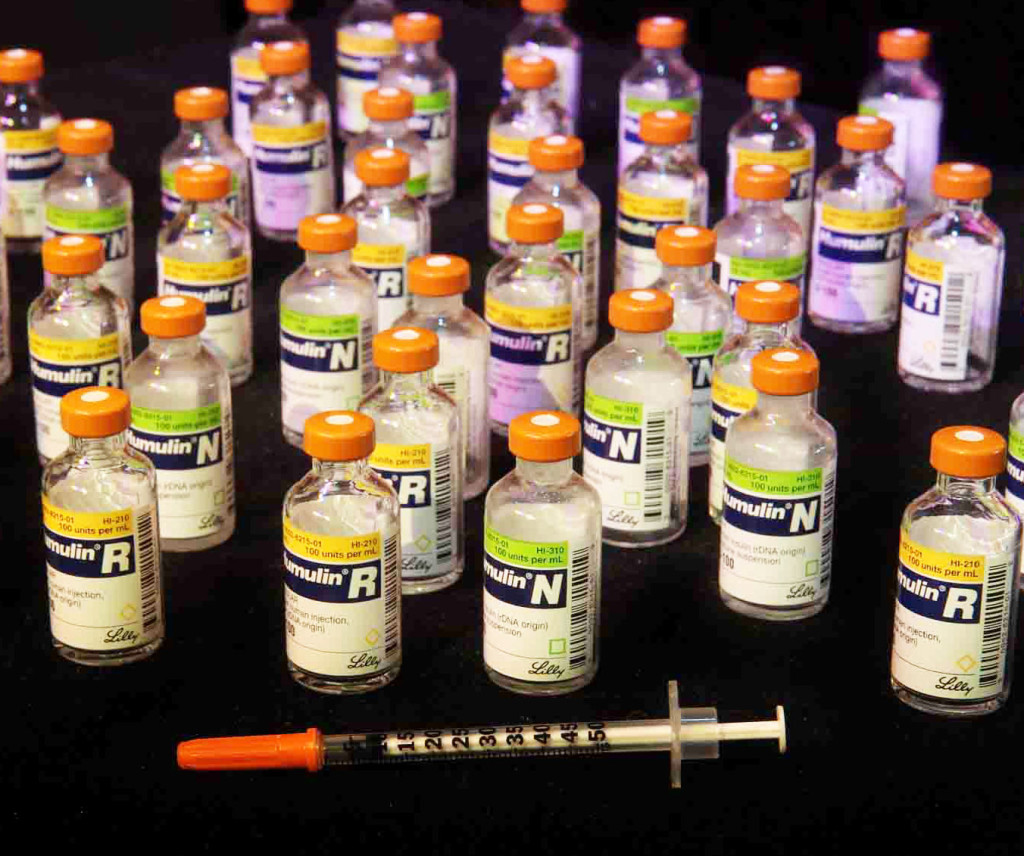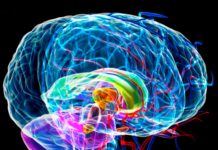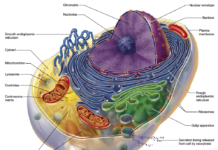 Metabolic Syndrome, a leading cause of weight gain and obesity, occurs when the body loses its ability to control insulin levels. Left untreated, glucose and insulin levels can become chronically elevated, resulting in obesity, diabetes and increasing the incidence of heart attack, strokes, cataracts and cancer. According to the Journal of the American Medical Association, over 80 million adults in the United States suffer from Metabolic Syndrome – and most don’t even know that such a condition exists – or that they have it.
Metabolic Syndrome, a leading cause of weight gain and obesity, occurs when the body loses its ability to control insulin levels. Left untreated, glucose and insulin levels can become chronically elevated, resulting in obesity, diabetes and increasing the incidence of heart attack, strokes, cataracts and cancer. According to the Journal of the American Medical Association, over 80 million adults in the United States suffer from Metabolic Syndrome – and most don’t even know that such a condition exists – or that they have it.
Obesity and “Poisoned” Food Supply
In a paper recently published in Nature Clinical Practice: Endocrinology and Metabolism, nationally renowned obesity expert Dr. Robert Lustig observed that hyperinsulinemia – elevated insulin – does not result from being obese, but is the primary culprit in causing obesity. According to Lustig, much of the problem can be linked to a “poisoned” food supply that alters people’s biochemistry, causing them to eat more and move less.
The processed foods most readily available in America – potato chips, cookies, yogurt and white bread – are loaded with sugars that cause the body to believe that it is hungry, which compels the body to consume more calories and conserve energy. Additionally, sugar makes the body produce more insulin, which then blocks hormones that would normally tell the brain to stop eating. This insulin floods the brain, and in particular the hypothalamus, which regulates energy use in the body. As a result, leptin, a hormone that tells the brain when the body needs more or less energy, can’t get its signal to the hypothalamus because the insulin is blocking the way.
A New Approach to Healthy Weight Control
Angered by the simplistic argument that obesity is caused by eating too much and exercising too little, Lustig says it is unfair and unhelpful to blame personal behavior, especially lack of self-control for obesity.
Breaking the pattern of sugar consumption – which Lustig compares to nicotine addiction – is more than just a matter of willpower. “Everyone’s assuming you have a choice, but when your brain is starving, you don’t have a choice,” Lustig said. “Your body is telling you to eat more. Our bodies don’t do well fighting biochemical drive. Try to not drink something after you’ve eaten a pizza, when you’re thirsty.”
The result is that the body is thrown into starvation mode – the brain thinks it isn’t getting enough energy, so it needs more calories and it needs to save energy, he said. People end up feeling the symptoms of starvation, including malaise, depression, a lack of motivation and, of course, hunger.
As a pediatric endocrinologist, Lustig believes that effective treatment comes through examining genetics, biochemistry, hormones and lifestyle. “There are hormonal underpinnings to every behavior,” Lustig said, ticking off the hormones affecting appetite – leptin, insulin, grehlin and PYY. “Insulin is the bad guy; the more insulin you generate, the more weight you gain. Insulin shunts sugar to fat.”
Four Steps to Reducing Insulin Levels
The primary goal of Lustig’s therapy is to get insulin levels down. First, he tells patients to get rid of all liquid sugar, which he calls “liquid poison.” When meeting a new patient Lustig will pull out a calculator and listen to the list of beverages consumed daily. Kids rarely drink water or milk and instead consume considerable amounts of Coke, Gatorade and Kool-Aid. Coke has 150 calories per can, he notes. Liquid sugar typically accounts for more than 500 unneeded calories a day. “Multiply 500 calories times 365 days a year and you have 250,000 calories a year in liquid sugar,” Lustig said. “There are 3,500 calories in a pound, so that’s 60 pounds a year.”
Next, he goes after what he calls the “white and fluffies,” the refined carbohydrates without fiber. That includes bread, rice, pasta and potatoes. The white and fluffies should be substituted with “brown and crunchies,” he says, referring to beans, brown rice, lentils, nuts and other legumes.
When children ask for second helpings, parents should implement a 20-minute waiting period. That’s how long it takes for the body to know it is full. The signal is sent by the intestinal PYY hormone, Lustig says.
Finally, he looks at lifestyle. Television too often goes hand in hand with obesity. “I have kids tell me they watch 10 hours a day. I say, ‘OK, kid, here’s the deal. You watch as much TV as you want with one proviso – you watch it while on a treadmill.’“
Source: Nat Clin Pract Endocrinol Metab. 2006 Aug;2(8):447-58.














[…] https://nutritionreview.org/2013/04/steps-reducing-insulin-levels/ […]